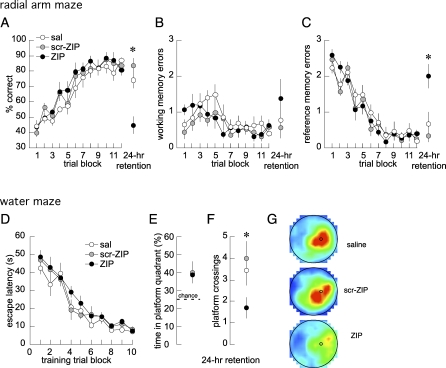Figure 2. ZIP in DH Disrupts Spatial Memory.
(A) Performance of the eight-arm radial maze task. Learning across 6 d (ten trials per day) was followed by a single retention trial after a 24-h interval. Two hours before the retention trial, each rat received a bilateral DH injection of either saline (sal, n = 9), the control peptide (scr-ZIP, n = 9), or ZIP (n = 8). The ZIP injection impaired overall performance ([A]; F 2,23 = 14.80; p = 10−5) by increasing reference memory errors ([C]; F 2,23 = 9.30; p = 0.001) without increasing working memory errors ([B]; F 2,23 = 1.16; p = 0.33).
(D–G) Performance of the water maze task (D) during training (two four-trial blocks per day) and (E–G) during the unreinforced swim retention test after a 24-h interval. Each rat received a bilateral DH infusion of saline (n = 7), scr-ZIP (n = 7), or ZIP (n = 10) 2 h before the retention test. (E) Percent time in the target quadrant, (F) number of times the position of the escape platform was crossed, and (G) the color-coded time-in-location map for each treatment group during the retention trial. The same blue-to-red scale is used for each map, where the minimum time in the peak, red category is 0.9 s. ZIP impaired retention of spatial accuracy (F 2,21 = 3.96; p = 0.03), but not the spatial search procedure (F 2,21 = 2.08; p = 0.15). All data are presented as averages, with error bars indicating standard errors of the mean. An asterisk (*) indicates p < 0.05, ZIP relative to saline and scr-ZIP.

